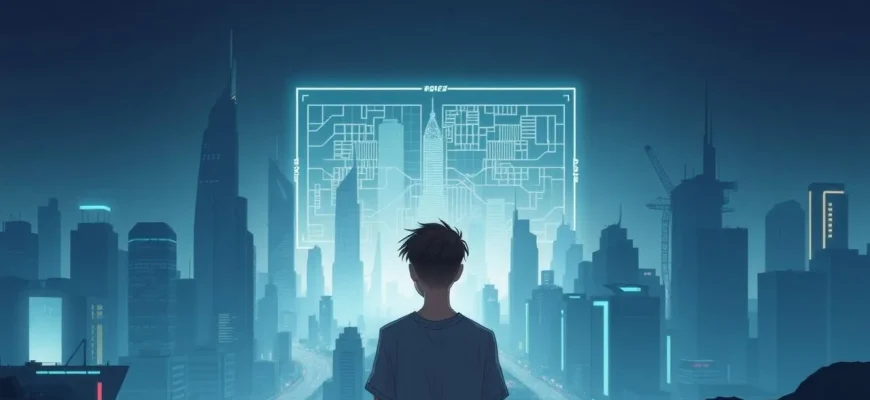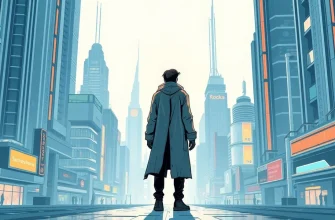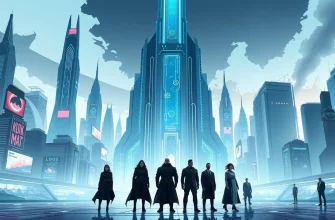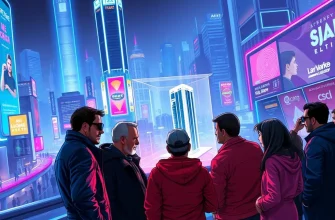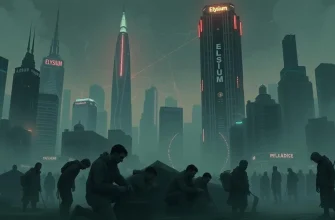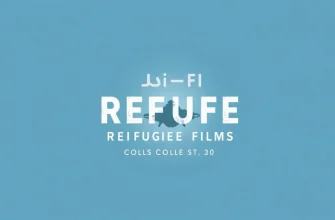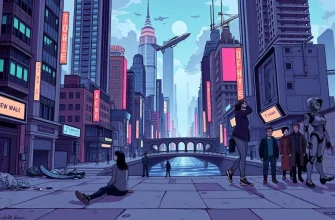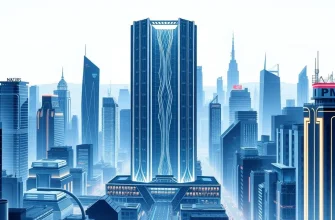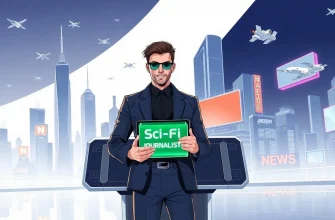This collection of films blends the imaginative realms of science fiction with the stark realities of poverty, offering a unique perspective on societal issues through speculative futures. These movies not only entertain but also provoke thought about economic disparity, survival, and the human condition in dystopian or utopian settings.

Brazil (1985)
Description: This dark comedy explores a dystopian future where bureaucracy and consumerism have led to a society where the poor are marginalized and oppressed.
Fact: The film's title is a reference to the 1930s song "Aquarela do Brasil," which is played throughout the movie.
 Watch Now
Watch Now 
The Matrix (1999)
Description: While not explicitly about poverty, the film's concept of humans being used as energy sources by machines can be seen as a metaphor for exploitation and economic disparity.
Fact: The film's "bullet time" effect revolutionized action sequences in cinema.
 Watch Now
Watch Now 
Children of Men (2006)
Description: Set in a future where human infertility has led to societal collapse, the film portrays the desperation and poverty resulting from a lack of hope for the future.
Fact: The film features a single, uninterrupted 6-minute shot during a chaotic battle scene, showcasing the director's technical prowess.
 Watch Now
Watch Now 
A.I. Artificial Intelligence (2001)
Description: This film explores themes of poverty through the lens of a child-like android seeking love and acceptance in a world where resources are scarce.
Fact: The project was originally conceived by Stanley Kubrick and later directed by Steven Spielberg after Kubrick's death.
 Watch Now
Watch Now 
Equilibrium (2002)
Description: While not directly about poverty, the film's setting in a dystopian society where emotions are suppressed to maintain order reflects the control over the impoverished masses.
Fact: The film's concept of "Gun Kata" was developed specifically for this movie, blending martial arts with firearms.
 Watch Now
Watch Now 
The Day After Tomorrow (2004)
Description: While primarily a disaster film, it shows the aftermath of a climate catastrophe where survivors face poverty and resource scarcity.
Fact: The film's depiction of weather phenomena was based on real scientific theories about climate change.
 Watch Now
Watch Now 
The Road (2009)
Description: This film, set in a post-apocalyptic world, follows a father and son as they navigate a desolate landscape, highlighting the struggle for survival amidst scarcity and poverty.
Fact: The film was shot in various locations to depict the bleak, barren world, including areas in Pennsylvania and Oregon.
 Watch Now
Watch Now 
The Hunger Games (2012)
Description: Although focused on a dystopian society, the film underscores the poverty and oppression of the districts compared to the Capitol's opulence.
Fact: The film's setting was inspired by the Roman gladiatorial games, reflecting on class warfare and survival.
 Watch Now
Watch Now 
Elysium (2013)
Description: In a future where the wealthy live on a luxurious space station, the poor are left on an overpopulated, ruined Earth, showcasing the extreme divide between classes.
Fact: The film's director, Neill Blomkamp, also directed "District 9," another film with themes of poverty and social inequality.
 Watch Now
Watch Now 
Snowpiercer (2013)
Description: A train circles the globe, housing the last remnants of humanity divided by class, with the poor at the back enduring harsh conditions.
Fact: The film was based on the French graphic novel "Le Transperceneige."
 Watch Now
Watch Now 
